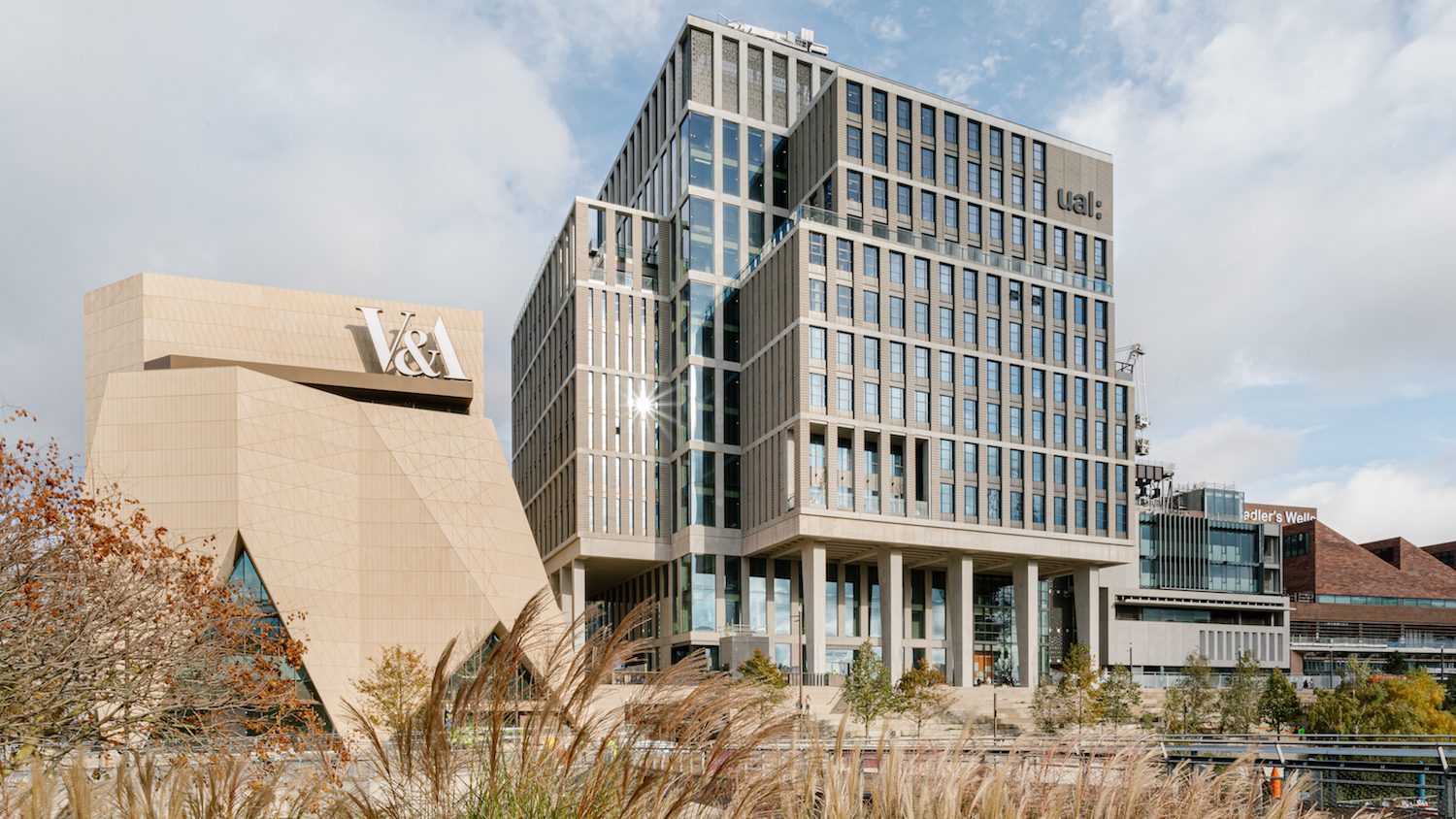
The Digital Construction Awards attracted 165 entries this year, 84 of which have been shortlisted. Here, we detail the shortlisted entries for Digital Construction Project of the Year, sponsored by Revizto.
Digital Construction Project of the Year recognises what can be achieved through the successful implementation and adoption of digital technologies and processes on a project. This is not about one specific issue or challenge, but how a digital approach has enabled better outcomes for a project overall. Six projects have made the shortlist.
Kingsland Wharves – London & Quadrant/Durkan
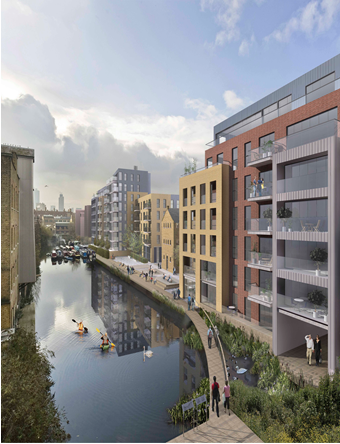
Durkan is undertaking the cladding remediation of nine fully occupied, mixed-tenure blocks, known as Kingsland Wharves, in the London Borough of Hackney for London & Quadrant.
To comply with the requirements of the golden thread, Durkan had to upgrade its previous quality management system to a common data environment. The contractor chose the Asite platform.
Given the nature of the remediation work, it is just as important to record the removal of the cladding and external wall system step-by-step as it is to record every stage of the quality of the cladding system reinstatement, thus ensuring compliance with the Building Safety Regulator-approved materials and construction installation method. Every design update needed to go through a process of approval and informed decision-making, with various stakeholders acting as gatekeepers.
Onsite staff use handheld devices to take photos and record data that can be entered into Asite offline. When the devices receive a data signal, the submitted data is uploaded to the secure cloud
The data is all uniquely referenced in one location, permission and sequenced controlled, bespoke to the needs of all stakeholders and secure. Reports and analytical data are accessible via dashboards and are downloadable.
Durkan recognised the need for a digital champion to lead and embed best practice use of the platform and appointed a digital delivery director to lead an engagement and consultation programme with all stakeholders.
London College of Fashion, University of the Arts – Portview

Last year, fitout contractor Portview handed over the 17-floor, 41,000 sq m London College of Fashion campus, part of the University of the Arts London.
Coordinating with three clients (the college, the university and the London Legacy Development Corporation), architect Allies & Morrison and main contractor Mace, Portview recognised a technology-enabled, data-driven approach was necessary for success.
Portview used Revizto to enable the project team and stakeholders to communicate and collaborate within a single environment, ensuring efficiency and transparency. The contractor engaged with its supply chain teams, who normally worked on different software, and assisted in developing workflows and third-party plug-ins to assist in converting their data to work within the Revizto platform.
The technology gave people a holistic overview of the project and ensured they were viewing the model frequently, which in turn guaranteed the outcome looked exactly how the client and architect had envisioned. Implementing Revizto not only improved communication, but also created a level of transparency between teams.
With lots of bespoke elements on the project and extensive MEP, Portview introduced QR codes and HoloLens technology to produce accurate weekly reports that highlighted elements that may be out of sync with the approved design so they could be rectified efficiently.
The internal design and quality teams worked with a technology consultant and key stakeholders to develop the bespoke, all-in-one management app, Boris, to ensure the fire-stopping reporting process was closely and easily adhered to. This app went on to be used by surrounding developments in the Queen Elizabeth Olympic Park.
Midland Metropolitan University Hospital – Balfour Beatty
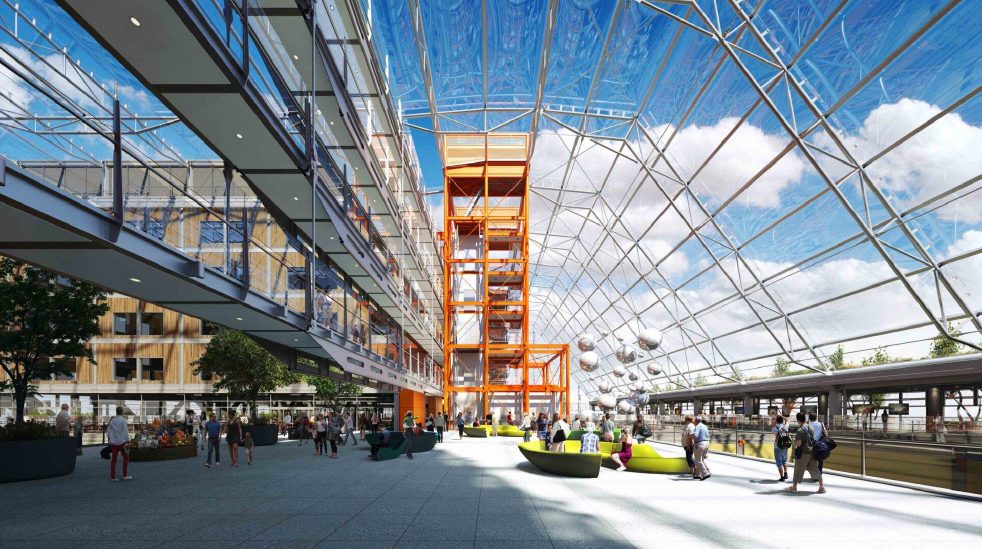
Balfour Beatty took over the delivery of the Midland Metropolitan University Hospital in December 2019, following Carillion’s collapse.
When operational, the hospital will offer maternity, children’s and inpatient adult services to half a million people. It measures 85,924 sq m across 10 storeys with 675 beds and 13 theatres.
Balfour implemented a digital strategy to support the project completion, commissioning and handover stages. Commissioning activities amounted to around 52,000 (143 systems x c91 commissioning zones x three or four commissioning stages).
The contractor used a common data environment (CDE) from Viewpoint For Projects to store and track commissioning notifications. It not only recorded the outcomes of the commissioning activities, but also stored the associated documentation.
Using the CDE, Balfour created a system to store and track the final handover documentation.
Furthermore, the contractor used BIM 360 Field to store and track issues and snags for every internal and external space. Integration with Revit allowed Balfour to set up drawings of each floor, indicating the number of issues outstanding for every space and the readiness for inspections and lockdown.
Balfour also used OpenSpace for visual record keeping.
The team received automated reports at the end of each day ready for early morning meetings and weekly progress reports.
Ultimately, productivity was increased by 15%, resource time was reduced by 50%, and project costs reduced by 5%.
Stockport Interchange – Willmott Dixon Construction
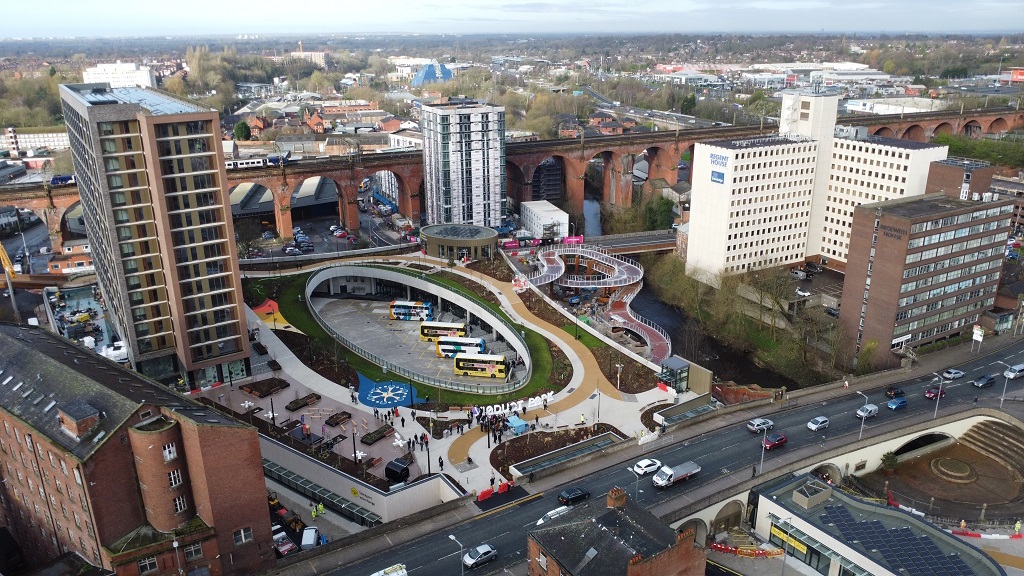
Stockport Interchange is the largest project ever delivered by Willmott Dixon in the North. Part of the levelling up agenda, it features 18 bus stands, walking and cycling routes to the nearby rail station, a town centre park (measuring nearly 1ha) with 196 apartments in a 15-storey building.
Faced with stringent COBie/CAFM requirements – from one of the trio of clients, Transport for Greater Manchester – and systems that Willmott Dixon’s supply chain had not used before, the contractor prioritised a thorough understanding. Indeed, CAFM data testing was carried out throughout the build programme.
A digital skills analysis of the supply chain was undertaken, resulting in workshops with each supplier to ensure they would deliver accurate data for their packages.
Willmott Dixon realised its then-established approach to site scanning was not suitable for such an expansive project. Following a review and engaging with the site team to demonstrate the benefits of swift scanning and quick uploads of those scans, Oculo was selected for the project, and has since been mandated across all the contractor’s sites.
The 28 different models on the project were accessed via Dalux 3D visualisation software. Teams were given tailored training on the technology, which also served as a verification tool.
Willmott Dixon also used VR to engage with the local community.
Ultimately, the £114m programme was delivered on time and to budget.
Transformation of HS2’s geospatial approach – HS2/Eiffage Kier Ferrovial BAM Nuttall/Esri UK
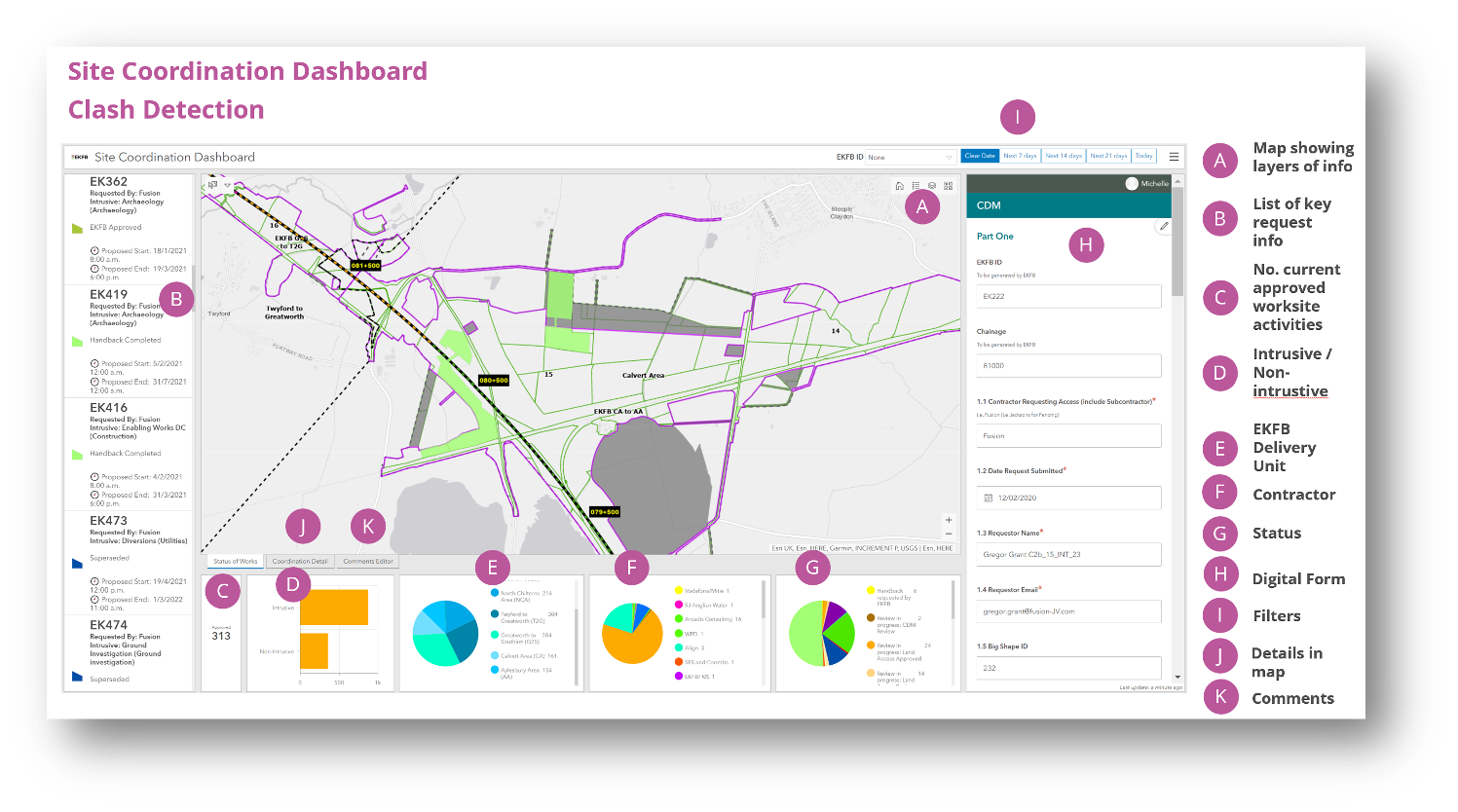
The Eiffage Kier Ferrovial BAM (EKFB) joint venture is delivering the civil engineering works across the 80km section of HS2 from the Chiltern Tunnel to Long Itchington Wood. Working with Esri UK’s ArcGIS platform, it has created more than 200 new digital workflows that have helped 4,000 users perform better, generating estimated cost savings of more than £20m.
Around 85% of staff who join the HS2 project have never used GIS. EKFB has normalised geospatial technology use, which is now employed by around 1,800 staff (circa 4,000 over the project) and more than 100 partner companies.
The GIS team and information management team, which has doubled in the last 18 months and is now 16-strong, has created a series of portals, dashboards, interactive maps and mobile apps in the last 12 months, spanning many disciplines.
Specific examples include Undertakings and Assurances (U&A) applications. The platform manages more than 800 legally binding U&As to allow the project to function properly and understand its obligations and constraints. The time savings in automating U&A data access equate to projected cost savings of £15.8m.
The geological team is also saving time and money thanks to a digital data collection system. Analysis indicates a time saving of 16,000 hours compared with traditional mapping, with overall cost savings projected at £667,000.
Site coordination and land management (discharging legal duties under CDM 2015 regulations) are run through the GIS platform, coordinating more than 200 land transfer transactions and more than 5,000 requests for land access.
ULEZ expansion signage – Transport for London/Tarmac Kier Joint Venture/Lattice
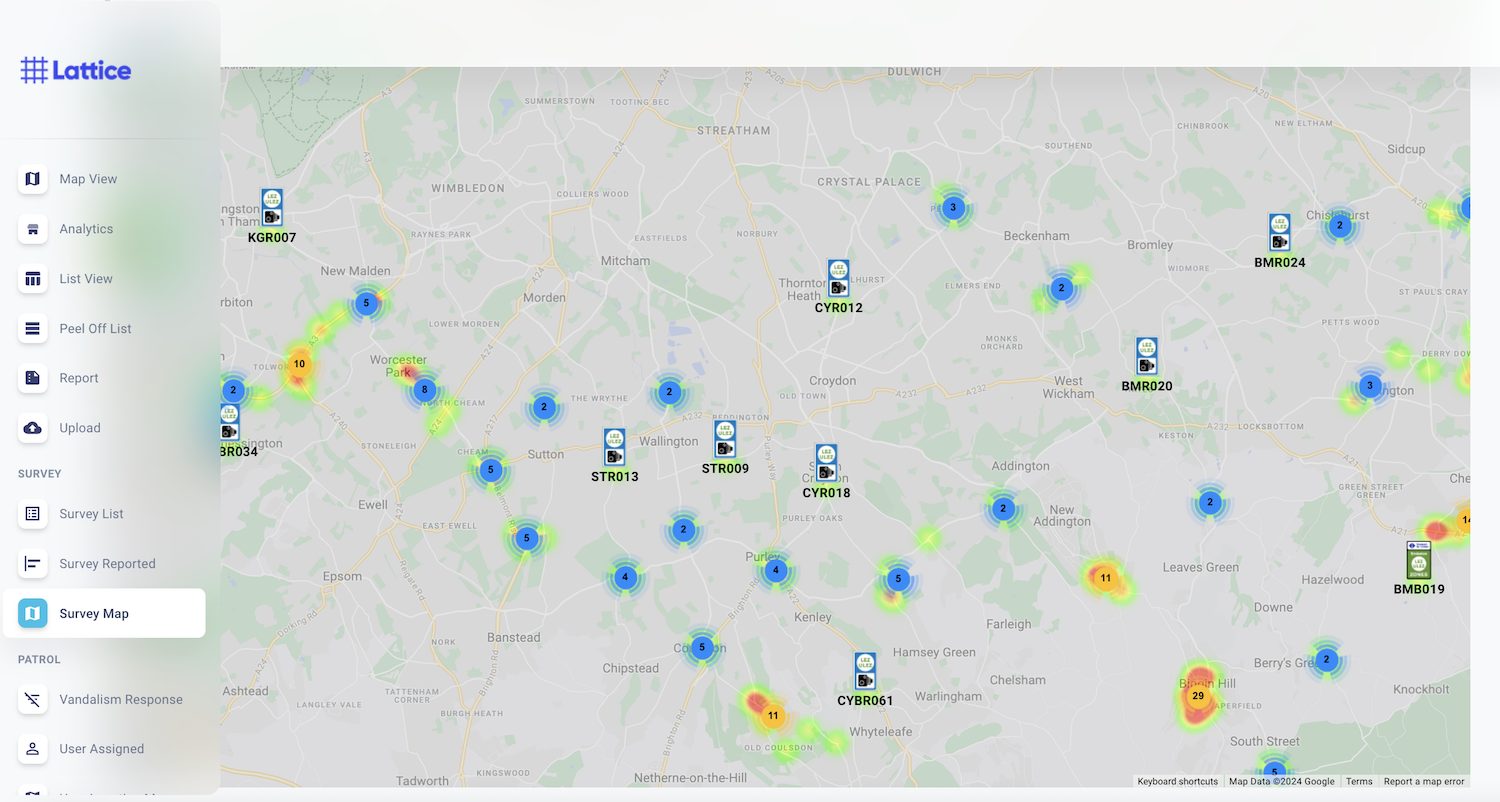
The expansion of Transport for London’s (TfL) ultra-low emission zone (ULEZ) required the installation of 1,200 signs along London’s outer boundary. TfL awarded the installation contract to the Tarmac Kier JV (TKJV), which turned to early-stage start-up Lattice to provide the web-based software to enable collaboration between field and office teams.
The challenges were many, including the difficulty in two-way sharing of data with/from subcontractors and complications in collating asset information for the client at handover.
TfL was also concerned about the signs being vandalised, but there were no plans for carrying out a survey, or resource allocation, as the duration required for driving around the signs was unknown. Furthermore, there were limitations in standardising routes for maintenance crews as Google Maps allows only 19 locations for optimised routes.
Lattice’s three-man team developed the platform and software to overcome the challenges. This included developing a navigation app for the field teams to get them from point-to-point as efficiently as possible, allowing for London traffic. The app was also integrated with GoPro cameras. At any assigned location, the app recognises the spot and automatically captures an image using the GoPro camera, offering a painless method of documentation while driving.
An asset library resembling a traditional spreadsheet was created, containing essential information including photos, construction drawings, site documents, comments and logs for each asset. This information could be shared with supervisors and subcontractors with a single click. Lattice offered a map view that plotted all assets with their respective details and progress status, providing stakeholders with enhanced project visibility and insights.
Ultimately, by using Lattice, TKJV reduced project costs by 3%.
Celebrate with the best
The winners of Digital Construction Project of the Year, alongside the victors of the other 12 categories, will be revealed at the awards dinner on 2 July at the Brewery in London.
You can join them by booking your places at the awards.
The Digital Construction Awards celebrate best practice and reward innovation in the application of information management and digital technology in the built environment sector.
The awards are run by Digital Construction Week, the Chartered Institute of Building (CIOB), and Construction Management and BIMplus.
Awards sponsors include Bluebeam, Procore, Revizto and the CIOB.
Don’t miss out on BIM and digital construction news: sign up to receive the BIMplus newsletter.











